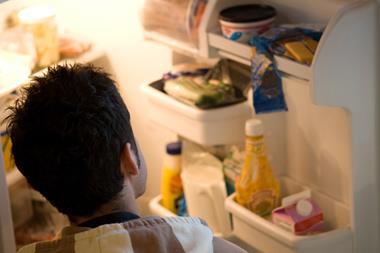
David Cameron’s thoughts right now are probably more about whether he will survive in his job until the week is out, rather than the issue of sugar reduction targets.
But today’s claim by lobby group Action on Sugar (AOS) that he has secretly hatched a deal with the food and drink industry, which will not only mean those targets are much less ambitious than they want but will also be based on a voluntary, rather than mandatory system, does have potentially huge implications.
AOS claims sources have leaked proposals for sugar reduction targets across key categories of 20%, rather than the eyewatering 50% they are calling for to tackle the obesity crisis.
It left industry sources furiously denying suggestions that a behind-the-scenes compromise had been done, although it’s clear there have been discussions between the industry and the Department of Health over how far it would be prepared to go.
The DH realises it has to come up with a set of proposals that are far more stretching and structured than the failed Responsibility Deal.
Elements of the way forward seem pretty predictable - such as a system of sugar reduction targets based on the key sectors contributing to sugar intake in the UK, perhaps skewed particularly to those affecting younger people.
But the actual mechanics are a minefield, not least because the UK’s leading supermarkets, through the BRC, have already said they will refuse to back targets unless they are legally binding.
If AOS is right and that debate has already been settled in the corridors of power, it surely must have involved a huge u-turn by the supermarkets.
Yet just as that seems unlikely, it’s also very hard to see that the government is going to be in a position to push ahead with a mandatory system of targets, with warnings ringing in its ear from the FDF that this would immediately spark huge legal challenges across Europe (whether we are in or out).
And while it would be strategy suicide for a new deal to be launched that was obviously too soft on suppliers, surely the government has also got to be realistic about reformulation.
Public Health England (PHE), which called for a structural programme of reformulation targets last year, but stopped short of calling for this to be mandatory, set out at the time what a 50% reduction of the size AOS is calling for would mean if it were applied across all categories, including, biscuits, cereals, cakes, confectionery, soft drinks and the like.
It calculated achieving these targets would lead to a reduction of 17g/day in adult sugar intake and 19g/day for children.
What it did not calculate - how could it - was the resultant uproar that would take place across many of these sectors where literally thousands of suppliers’ products would face being fundamentally changed in structure and taste or in many cases effectively banned altogether in one fell swoop.
In reality AOS knows 50% is a totally unachievable figure for the vast majority of products in the short term. But it wants the government to aim artificially high , in the hope that it will achieve reductions more in the region of the 20% it was today busy savaging.
50% is surely, to use a catchphrase popular among AOS’s leadership, just as bonkers as launching a limp Responsibility Deal Mark 2. Even 20% looks massively stretching when you think about how hard Tesco has had to work to reduce sugar by just 5% across the soft drinks aisle, which is by far the most advanced area of reformulation, in the past two years.



















No comments yet